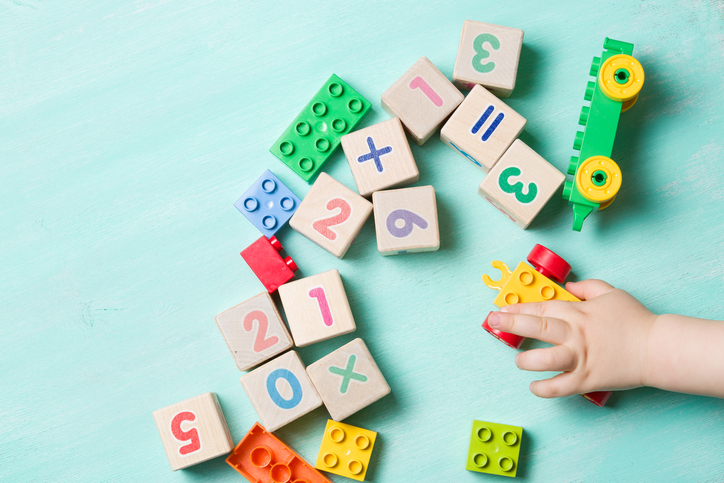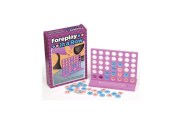I recently gave birth to my third son, and I’ve already heard, ‘He is such a clone of your husband!” Of course, as he grows and develops he’ll change so much. I may recognize my own facial expression in him, or perhaps I’ll notice that he has my partner’s smile. My 4-month-old boy is also at the age where many of my patients’ parents start asking me whether their child will be right-handed or left-handed.
As with physical characteristics, hand dominance (or hand preference) — which is defined as the hand that is most commonly used, is most nimble, and is the fastest at performing tasks — develops over time. Most people are right handed. About 10 percent of the population is left-handed and a very small number of people are mixed-handed (or ambidextrous).
Hand Dominance in Babies
Early on, babies should use both hands almost equally. (If you notice that your baby has a strong hand preference before age 1, talk to your pediatrician; it could be a sign of motor delays or neurological problems.) Most children will choose a dominant hand between 2- and 3-years-old. Some children will show a hand preference as early as 15- to 18-months-old and some will not choose a dominant hand until age 5 or 6.
Experts aren’t sure why, but a large part of whether your child will be right- or left-handed is determined by genetics. In fact, twice as many boys as girls will be left-handed.
To get a sense of whether your child will be right- or left-handed, watch which hand he uses for common tasks, such as picking up a toy or feeding himself. You can also look at what direction your child stirs a pot during pretend play; if he stirs counterclockwise, it’s more likely that he’s left-handed. Another clue to whether your child will be right- or left-handed is which hand he uses to hold a crayon. And, when you roll a ball to your toddler, he’ll usually reach for the ball with his dominant hand.
Some parents believe that if a child is left-handed, you should try to “train” her to be right-handed — but you shouldn’t, because some part of hand dominance is neurologically hard wired. Trying to force her to learn to use her non-dominant hand will only lead to frustration and lack of confidence. It also will prevent her from performing tasks to the best of her ability, which can damage her self-esteem.
If your child is part of the 10 percent of the population that is left-handed, be supportive. For example, you can buy special left-handed scissors for him. And, take heart: In sports, being left-handed is often considered an advantage!
Babies and toddlers develop quickly and are rapidly changing. Watching your child grow and accomplish tasks is fun. As your toddler starts to take on more common everyday tasks you can watch and see which hand he uses. Whether your child is among the 90 percent who are right hand dominant or the less common left-handed bunch, celebrate who he is. Enjoy the new things he can do each day and support him — all while having fun!








